Michigan Medicine researchers have developed a SCN1B gene therapy that restores brain function and survival in mice with severe developmental epileptic encephalopathy (DEE). The therapy reduced seizure severity and increased lifespan.
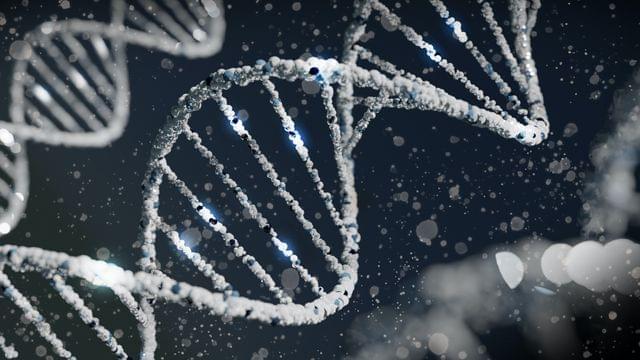


A nonverbal autistic child said his first words after taking a cheap drug normally given to cancer patients.
Mason Conner of Arizona was diagnosed with autism at two-and-a-half-years-old after his mother noticed he hadn’t started talking.
After years of failed therapies and treatments, Mason’s parents met with a doctor researching experimental new therapies for autism.
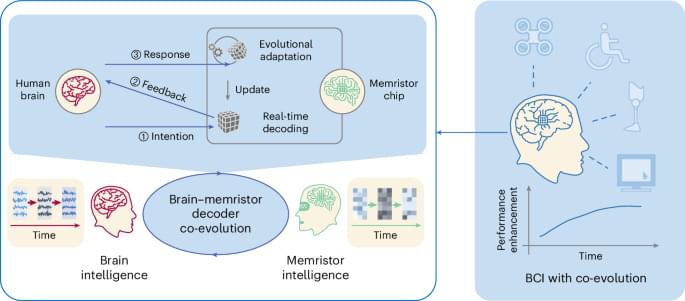
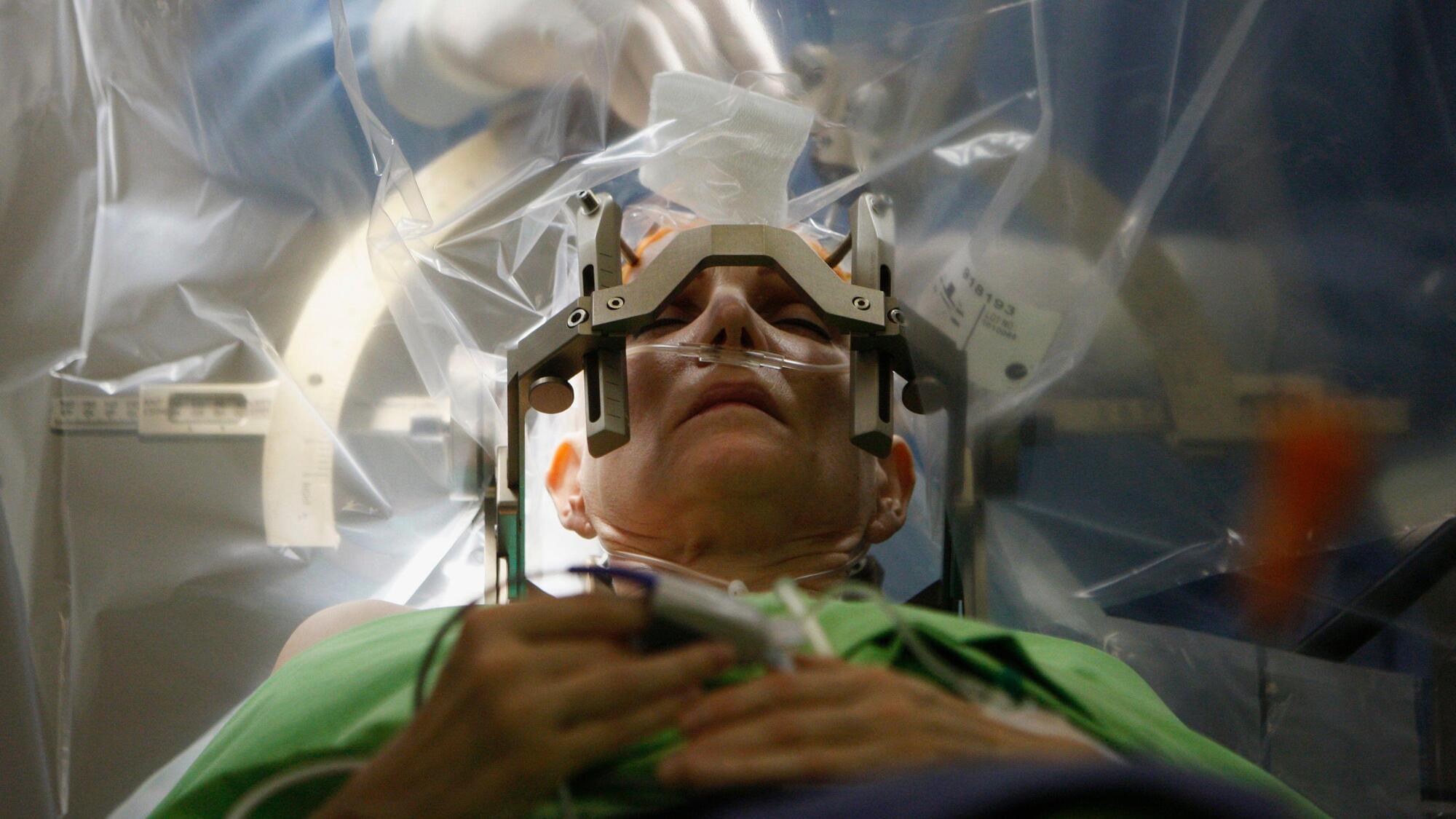
A few decades later, the neuropsychologists Roger Sperry and Michael Gazzaniga studied more of these so-called split-brain patients and discovered that each half of the brain processed information independently. Each could make its own decisions and control its own behaviours. In a sense, the surgery had created two separate selves. In some of these patients, one side of their body (controlled by one hemisphere) would do one thing, while the other half (controlled by the other hemisphere) would do the opposite. For example, one hand would button their shirt while the other hand would unbutton it.
So why didn’t these split-brain patients, post-surgery, feel like they had two selves? The answer is that their brains fooled them into thinking that only one self existed and that it was in charge. When one of their hands did something unexpected, they made up a story to explain why. I changed my mind. I didn’t like the way that shirt looked.
These stories or confabulations show the power of the illusion of selfhood – a feeling that evolutionary psychologists believe evolved because it is adaptively useful. What better way to ensure that the physical package carrying and protecting the information in our DNA – namely, our bodies – survives long enough to pass on that code to the next generation? The illusion of the self makes us feel unique and provides us with a goal-oriented purpose to our lives.
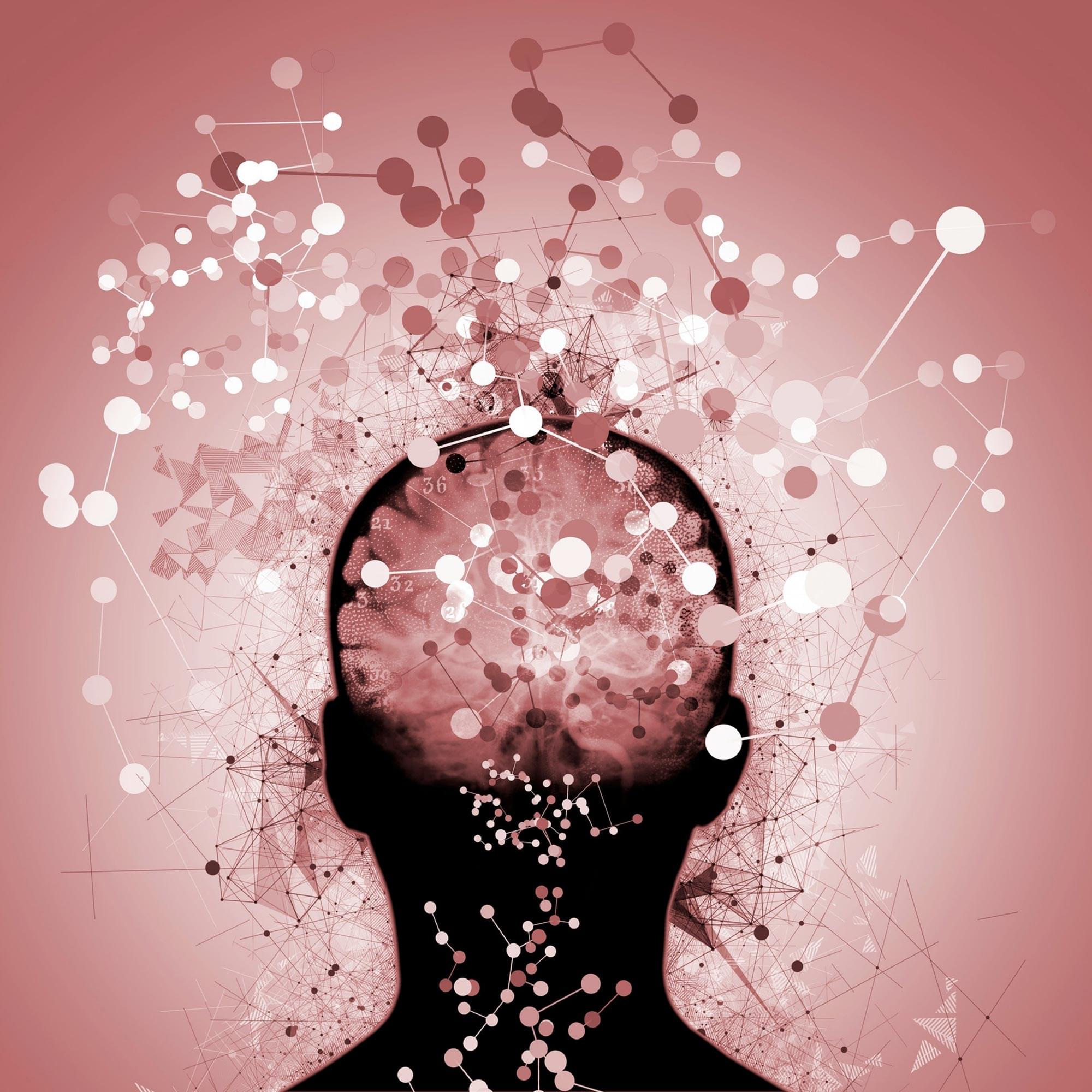
Researchers investigated cerebral small vessel disease, a precursor to dementia, by analyzing data from thousands of participants spanning four distinct groups of middle-aged to older adults. Their study confirmed the validity of a biomarker that could aid in advancing research on potential treatments.
A recent study conducted by the Keck School of Medicine of USC
<span class=””>Founded in 1880, the <em>University of Southern California</em> is one of the world’s leading private research universities. It is located in the heart of Los Angeles.</span>
Try brilliant FREE for 30 days: https://brilliant.org/ihm/And get 20% off an annual membership!Biocomputing company FinalSpark released footage of a human br…
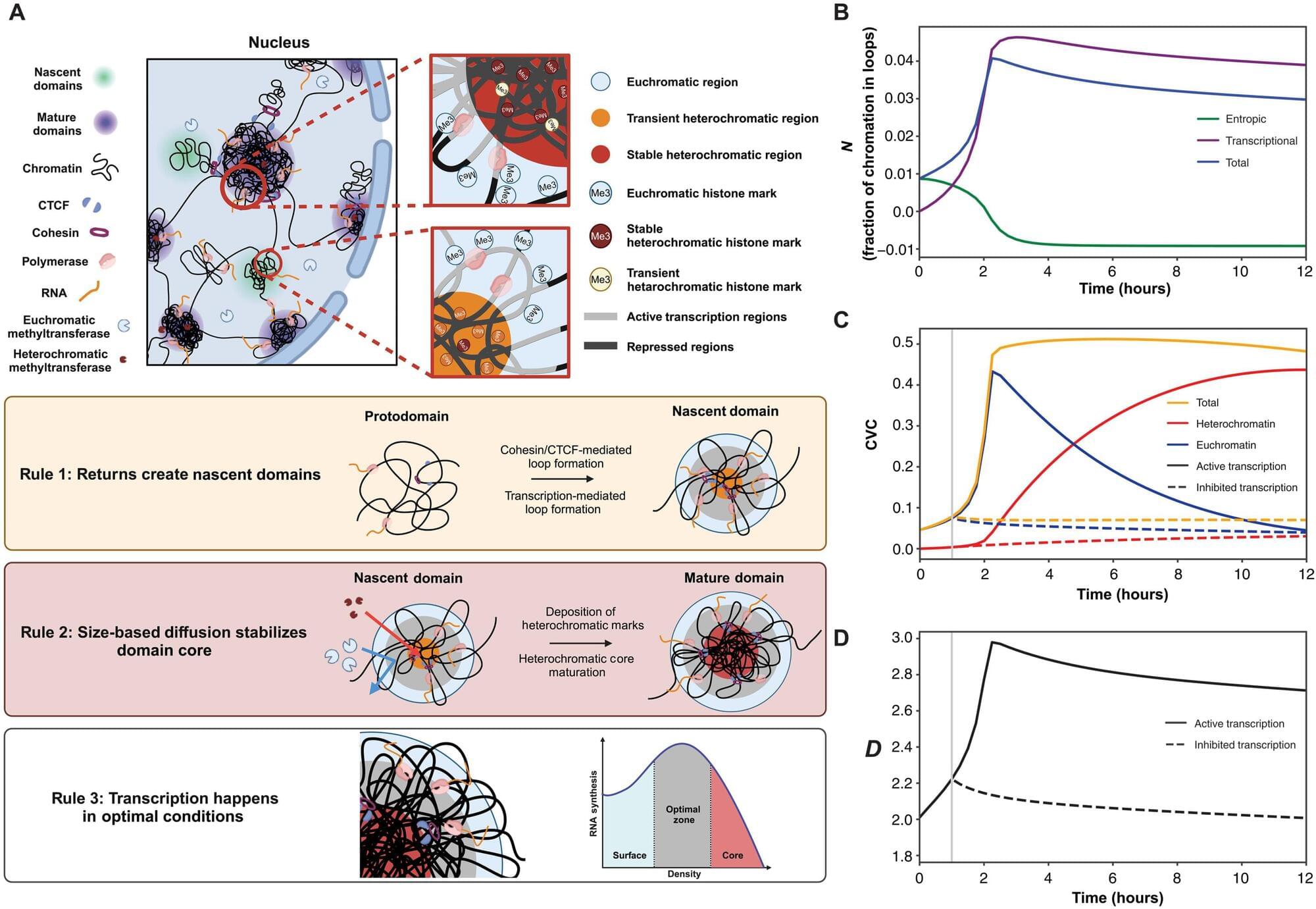
Northwestern Medicine scientists have discovered new details about how the human genome produces instructions for creating proteins and cells, the building blocks of life, according to a pioneering new study published in Science Advances.
While it’s understood that genes function as a set of instructions for creating RNA, and thus proteins and cells, the fundamental process by which this occurs has not been well-studied due to technological limitations, said Vadim Backman, Ph.D., the Sachs Family Professor of Biomedical Engineering and Medicine, who was senior author of the study.
“It is still not fully understood how, despite having the same set of genes, cells turn into neurons, bones, skin, heart, or roughly 200 other kinds of cells, and then exhibit stable cellular behavior over a human lifespan which can last for more than a century—or why aging degrades this process,” said Backman, who directs the Center for Physical Genomics and Engineering at Northwestern. “This has been a long-standing open question in biology.”

A new study published in the journal Neuroscience has found that long-term exposure to high-altitude conditions can slow down the way people recognize faces and change the way their brains process emotions. The research compared young adults living at high altitudes with those living at lower altitudes and found that the high-altitude group not only took longer to recognize emotional faces but also showed distinct changes in their brain activity.
Long-term residence in high-altitude environments has been linked to a greater occurrence of mental health challenges, such as anxiety and depression. Statistics show that depression is significantly more common in high-altitude regions compared to lower areas. Studies focusing on people who migrate to or work in high-altitude places, like those in Tibet or the Himalayas, have consistently shown that the reduced oxygen levels at these elevations can negatively impact emotional well-being. Moving to high altitude regions has been reported to increase the chances of experiencing depression, anxiety, and even suicidal thoughts.
Depression is known to be closely related to negative patterns in how we think and process information. A strong connection exists between depression and a tendency towards negative thinking, fixating on negative thoughts, and difficulty controlling impulsive behaviors. This relationship has been observed in soldiers stationed in high-altitude areas; those with poorer mental health tend to exhibit stronger negative biases in their thinking. This negative thinking bias can also influence how we perceive facial expressions, which is important for social interactions. For instance, individuals with depression tend to show heightened brain responses to negative facial expressions and take longer to shift their attention away from them. Brain activity patterns, measured through electroencephalography, can even be used to detect depression based on how the brain reacts to emotional stimuli.